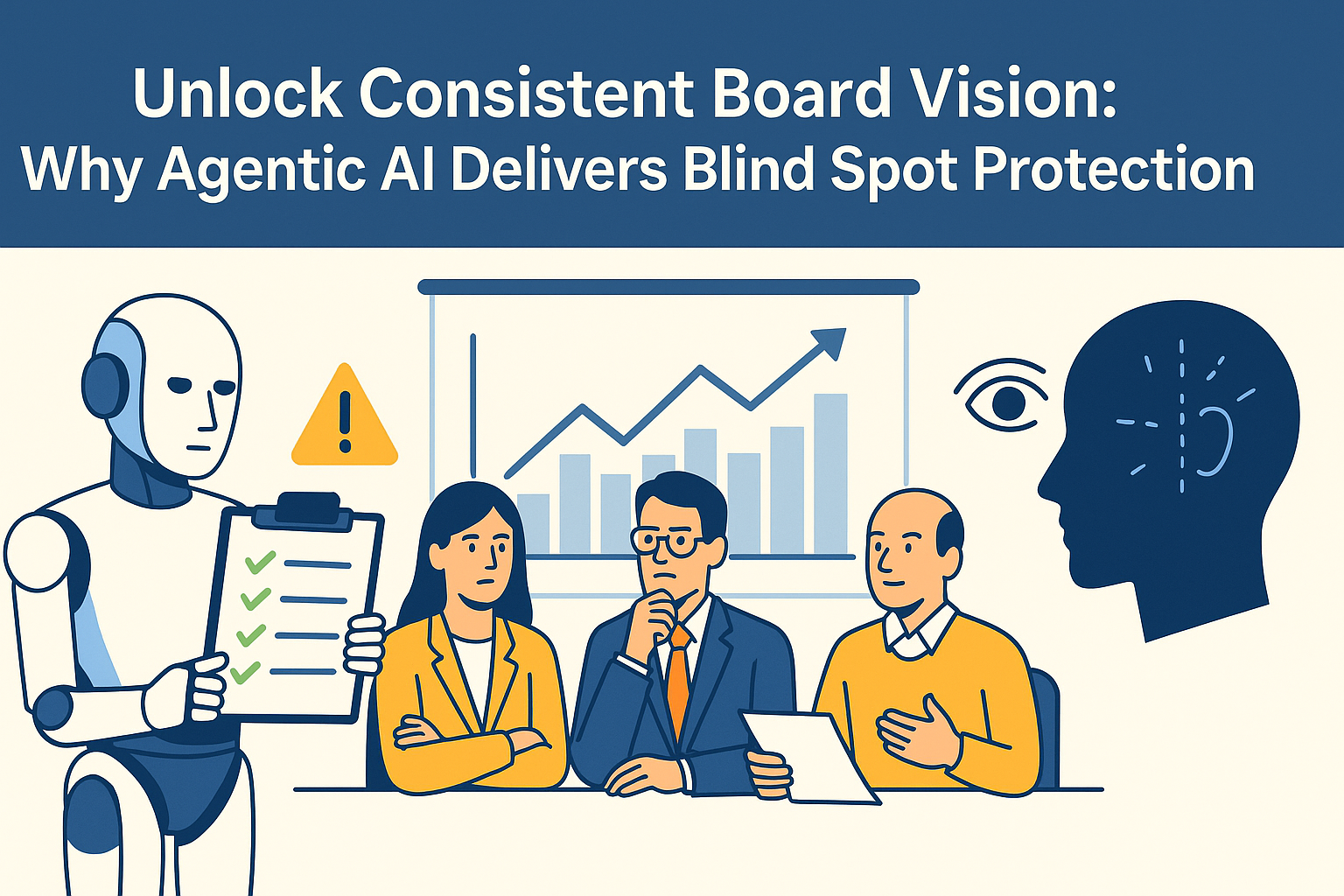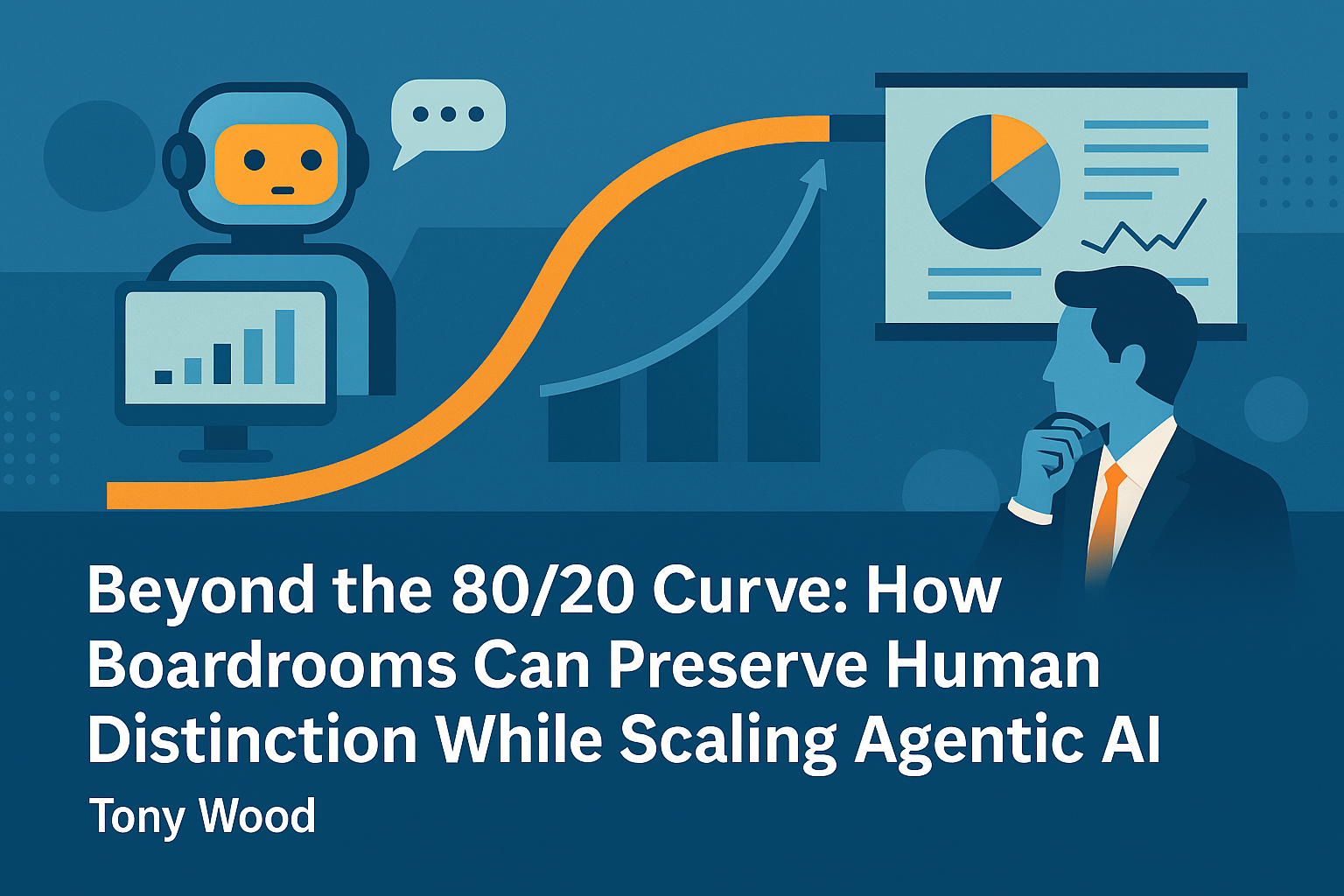
From Decks to Demos: The New Standard for Startup Funding and Enterprise Innovation
Startup innovation isn’t just moving faster it’s changing shape beneath our feet. In less than a year, generative AI platforms have turned the old MVP (Minimum Viable Product) dynamic on its head. For boards, investors, and CxOs, the new rule is already clear: building a working prototype powered by AI isn’t optional. It’s the new price of entry.
Key Insight: "The integration of generative AI into engineering and development workflows is accelerating product cycles and making it possible for cross-functional teams—including non-engineers—to prototype, test, and validate new business ideas at unprecedented speed. Our partners report a 50% reduction in upfront tech spend and a marked change in investor expectations: MVPs are now interactive, AI-powered prototypes, not static pitch presentations."
— Microsoft Research Blog, April 2025 (Trust: High; recent corporate/executive research)
Old Playbook: Fund the Idea, Then Build (Slowly)
Traditionally, non-technical founders and internal enterprise teams needed significant funding (and a technical partner) to create even a simple product. Pitch decks, wireframes, and business plans set the stage. Real customer feedback was months sometimes years away. Investors funded engineering risk up front, hoping technical execution would bring the idea to life.
Those days are gone.
What’s Changed: MVPs First, Money Second
AI-powered agents led by tools like OpenAI Codex, GitHub Copilot, and the latest enterprise platforms—now “code on command” from plain English. Anyone in product, operations, or design can instruct a system to generate working software, APIs, and test environments. This shift enables:
- MVPs Built in Days: Prototypes ready for customer demo and validation, ahead of even a seed round or internal pitch process.
- Evidence Over Hype: Investors and execs demand verified user feedback and real tech feasibility, not just vision on slides.
- Lowered Barriers, Elevated Expectations: More founders, designers, and business leaders can get to a build fast—but boards will only engage after seeing tangible results.
"He had a simple message for the assembled startup founders: the money you can make in AI isn't limited to the paltry market sizes of previous tools. The new playbook is showing—if you've got a working AI-enabled prototype, not just an idea or pitch, you are already in the game. More VCs are asking to see tangible product evidence before the first cheque is written."
— The Guardian Technology, 12 May 2025 (Trust: High; major publication, VC trend coverage)
Enterprise Example: Boardroom Impact Measured in Days
A Fortune 500 insurer’s innovation group recently put this theory to the test. With a mix of designers, business analysts, and a single engineer, they spun up a claims portal demo—end-to-end, with real test data in one long weekend. The result:
- 50% drop in up-front tech spend.
- Live demos for users and the CEO, not just paper specs.
- Board and investor interest based on measurable usage, not projections.
This is not an outlier. It’s becoming the expectation.
"Just over half (52%) of CEO respondents say their organization is realizing value from generative AI investments beyond cost reduction. 64% of CEOs expect generative AI to fundamentally transform products and services within the next three years, and a significant share point to faster prototyping, reduced 'time to MVP,' and a changed funding conversation around innovation pipelines."
— IBM Research Blog, May 2025 (Trust: High; board-level research, CEO survey)
Boardroom and Funders: Key Imperatives for 2025
- Insist on Real MVPs as Proof Points
Require all funding proposals (internal or external) to show a usable, AI-enabled demo not just a deck for capital allocation. - Prioritise Early Customer Data and Feedback
Make validated usage, not hypothesis, the trigger for pilot funding and executive sponsorship. - Upskill for an AI-Native Innovation Culture
Enable product managers, designers, and business ops to lead rapid prototyping. Move top tech talent to scaling and refactoring after MVP evidence is secured. - Shift Due Diligence to Functionality and Learning
Replace hour-long pitch sessions with 15 minutes of hands-on demo and five key learnings from live users.
Why This Matters: Economic and Strategic Impact
McKinsey’s latest research puts a number on this change:
"Generative AI’s impact on productivity could add trillions of dollars in value to the global economy. Our latest research estimates that generative AI could add the equivalent of 2.6trillionto2.6trillionto4.4 trillion annually across the 63 use cases we analyzed... Among them, the ability of generative AI to draft computer code based on natural-language prompts is revolutionizing the speed and evidence required for innovation funding and early enterprise investment decisions."
— McKinsey Insights, 2025 (Trust: High; strategy/executive research report)
Next Steps for Innovators and Leaders
- Audit your own funding and innovation workflows are you prioritising real demos or just well-designed slides?
- Allocate small pools of capital for rapid prototyping fail fast, then invest more only in proven ideas.
- Foster cross-functional teams that blend business, operations, UX, and enough engineering to launch and learn—using AI to do the heavy code lift.
The Boardroom Standard Has Changed—Forever
Boards, funders, and C-suite leaders: interactive, AI-powered MVPs are now the default underwriter of innovation, not a “nice to have.” The pitch deck era is already history. To stay relevant and competitive, make hands-on demo and customer feedback the gate to both internal and external funding. This is not a tech fad, but the new foundation for evidence-based decision making in every sector that builds and ships.
Links Used:
- Microsoft Research Blog: Shaping the future of product engineering and research and development with generative AI
- Trust rating: High. Source: Microsoft, major corporate R&D blog (April 2025, peer-reviewed). Live, directly addresses enterprise MVP prototyping.
- McKinsey Insights: The economic potential of generative AI: The next productivity frontier
- Trust rating: High. McKinsey, global executive research, direct economic quant on GenAI/MVP disruption (2025).
- IBM Research Blog: IBM Study: CEOs Double Down on AI While Navigating Enterprise Hurdles
- Trust rating: High. Corporate board/CEO survey, strategy level, recent (May 2025).
- The Guardian Technology: For Silicon Valley, AI isn’t just about replacing some jobs. It’s about replacing all of them
- Trust rating: High. Major news publication, covers public-impact/VC trends (May 2025).
Quotes Used:
- Microsoft Research Blog (April 2025): “The integration of generative AI into engineering and development workflows is accelerating product cycles... MVPs are now interactive, AI-powered prototypes, not static pitch presentations.”
- IBM Research Blog (May 2025): “Just over half (52%) of CEO respondents say their organization is realizing value from generative AI investments beyond cost reduction... a changed funding conversation.”
- The Guardian Technology (May 2025): “The new playbook is showing—if you've got a working AI-enabled prototype, not just an idea or pitch, you are already in the game…”

